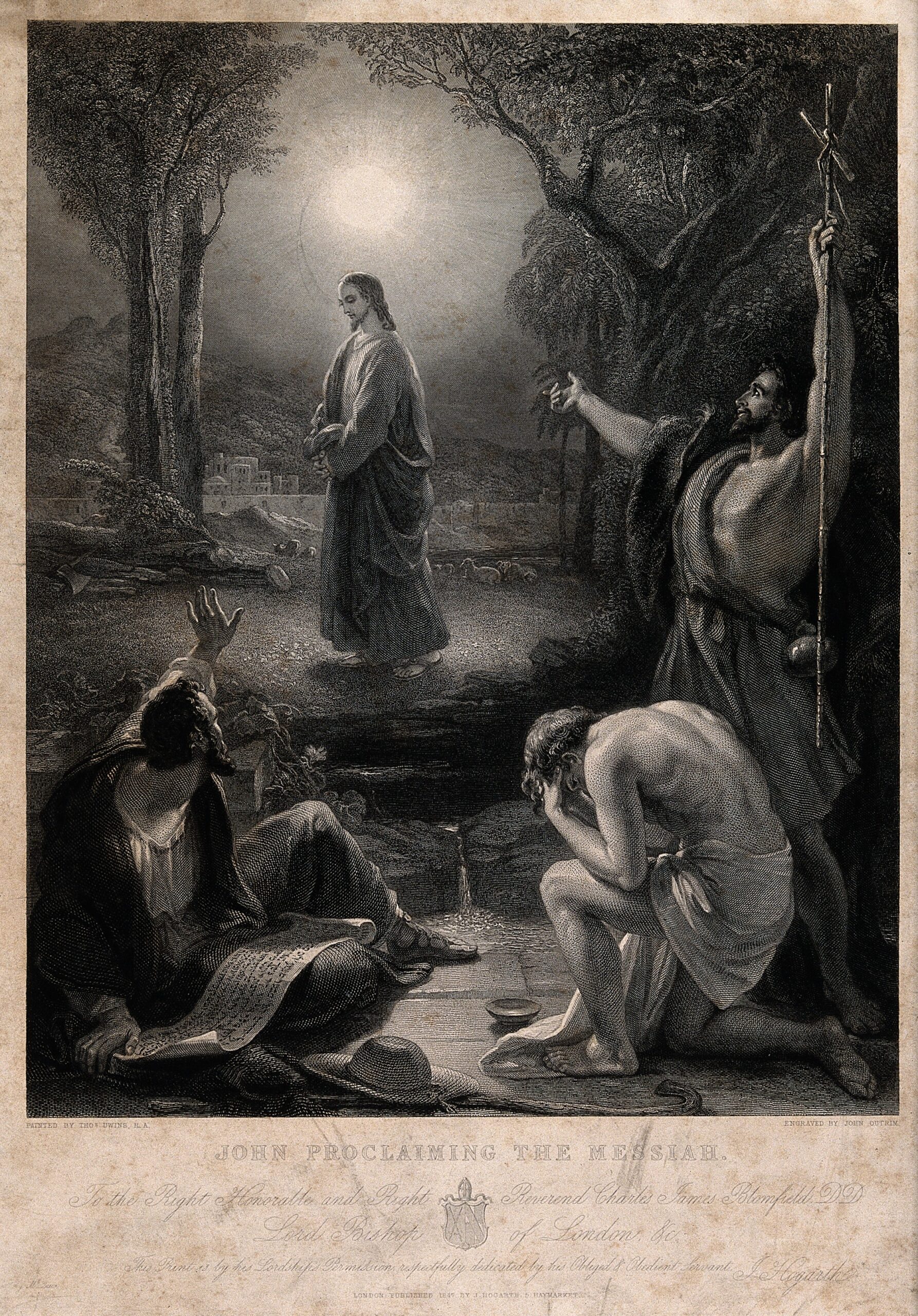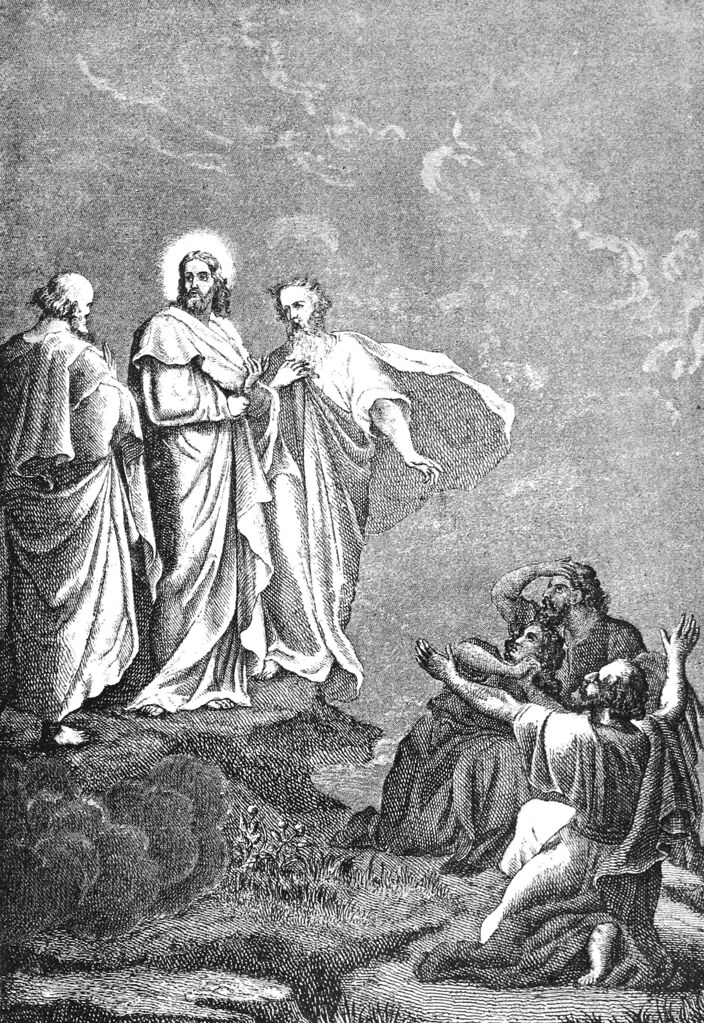This article explores the significance of Jeremiah 26 in relation to prophetic warnings, the insight it provides into Jesus as the coming Messiah, and the themes of redemption and hope, highlighting the transformative power of Jesus and the ongoing debates surrounding his identity as the Messiah.

Photo by Marc-Olivier Jodoin on Unsplash | Commercial use allowed
Significance of Jeremiah 26 in Relation to Prophetic Warnings
In addition to the specific prophetic warnings and the depiction of hope and despair, Jeremiah 26 provides a compelling narrative that shapes the understanding of divine judgment and the call to repentance within the broader biblical context. By analyzing the implications of these warnings, a deeper insight into the moral and spiritual dynamics of the society at that time emerges, shedding light on the consequences of forsaking the covenant with Yahweh and the timeless struggle between divine justice and human reluctance. This exploration not only enriches the understanding of the historical context but also offers profound spiritual insights into the enduring relevance of prophetic warnings in awakening hope amidst despair and inspiring individuals and communities to seek spiritual renewal and restoration.
Insight into Jesus as the Coming Messiah
Jeremiah 26 not only offers a profound insight into the challenges and opposition faced by the prophet Jeremiah but also provides compelling connections to the prophesied coming of Jesus as the Messiah. Through a meticulous examination of the chapter, the fulfillment of specific prophecies in Jesus becomes evident, illuminating the transformative impact of his teachings and redemptive role as the promised Messiah. An example of the specific prophecies in the Hebrew Bible that point to Jesus as the fulfillment of the promised Messiah includes the prophecy of the Messiah’s birth in Bethlehem and his suffering and redemptive mission. These prophecies find tangible realization in the life, teachings, and sacrificial death of Jesus, emphasizing the coherence and continuity of the divine plan for redemption. Furthermore, the exploration of Jeremiah 26 in the context of Jesus as the Messiah provides deeper insights into the redemptive mission of Jesus and his transformative impact on humanity. By drawing parallels between the prophetic warnings in Jeremiah 26 and the redemptive mission of Jesus, a compelling narrative emerges, highlighting the enduring significance of Jesus as the embodiment of divine grace and spiritual transformation.
Moreover, the connections between Jeremiah 26 and the fulfillment of specific prophecies in Jesus solidify the divine orchestration of redemption throughout history, highlighting the seamless continuity between the Old Testament and the New Testament. This continuity underscores the profound significance of Jesus as the fulfillment of the messianic prophecies, bringing hope and salvation to all who embrace his transformative teachings and redemptive grace. Therefore, Jeremiah 26 serves as a vital precursor to understanding the redemptive work of Jesus as the promised Messiah, enriching the theological and spiritual significance of his role in fulfilling the divine prophecies.
 The Theme of Redemption and Hope
The Theme of Redemption and Hope
The theme of redemption and hope in Jeremiah 26 resonates deeply with the portrayal of Yahweh’s grace and the promise of restoration amidst the challenges faced by the people. This theme not only reflects the historical context of Jeremiah’s prophetic warnings and messages but also serves as a powerful foreshadowing of the ultimate redemption and spiritual renewal brought about by Jesus as the Messiah. An illustrative example of redemption and hope in Jeremiah 26 can be found in the depiction of Yahweh’s grace and mercy amidst the people’s struggle with acknowledging their guilt and embracing the promise of restoration. Despite the dire circumstances and the weight of divine judgment, the presence of hope and the promise of restoration stand as a testament to the enduring grace of Yahweh, laying a foundational understanding for recognizing Jesus as the embodiment of divine grace and spiritual transformation.
#Jeremiah26, #MessianicProphecy, #JesusChrist, #OldTestament, #NewTestament, #BiblicalInterpretation, #Christianity, #ProphecyFulfillment, #Messiah, #BibleStudy, #ScriptureAnalysis, #PropheticTexts, #ChristologicalInterpretation, #Theology, #Redemption, #SalvationHistory, #BiblicalRevelation, #DivinePromise, #ChristianDoctrine, #MessiahForetold
Furthermore, the theme of redemption and hope in Jeremiah 26 provides a profound insight into the transformative power of Yahweh’s grace in the context of repentance and hope, highlighting the enduring impact of divine grace in bringing about spiritual renewal and restoration. By exploring the transformative impact of Yahweh’s grace in the historical and spiritual context of Jeremiah’s warnings, it becomes evident that this grace prefigures the profound redemptive work and spiritual transformation brought about by Jesus, thereby bridging the prophetic messages of the Old Testament with the fulfillment in Jesus as the Messiah. This enduring theme of redemption and hope not only foreshadows the redemptive work of Jesus as the Messiah but also offers a compelling narrative of divine grace and restoration that transcends the boundaries of time and history, permeating the hearts and souls of all who seek spiritual renewal and reconciliation.
Debates Surrounding Jesus as the Messiah
The debates surrounding Jesus as the Messiah have been deeply rooted in the historical and theological discourse that has persisted for centuries. One of the central points of contention revolves around the fulfillment of messianic prophecy in Jesus and the differing interpretations of the Hebrew Bible within various religious traditions. For instance, early followers of Jesus, who were Hebrew-speaking Jews, fervently believed that Jesus was the long-awaited Promised One. Their conviction stemmed from the alignment of Jesus’ life, teachings, and redemptive mission with the prophetic scriptures found in the Hebrew Bible. On the other hand, most Jewish leadership did not share this view, leading to a profound and enduring debate that has shaped the narrative of Jesus as the Messiah.
The Jewish Scriptures contain specific prophecies that pertain to the promised Messiah, including details about his birth, suffering, and redemptive mission. The fulfillment of these prophecies by Jesus has been a subject of intense scrutiny and interpretation, fueling the ongoing debates about his identity as the Messiah within the Jewish community and beyond. Furthermore, passages such as Zechariah 12:10, which vividly describe a scene where the nation of Israel mourns because they see that the Messiah has been pierced, have been deeply analyzed and debated in the context of Jesus’ life and crucifixion. These debates not only shed light on the historical and theological complexities surrounding Jesus as the Messiah but also underscore the enduring significance of Jeremiah 26 in providing insights into these profound discussions.
The ongoing debate about the fulfillment of messianic prophecy in Jesus and the varying interpretations of the Hebrew Bible within different religious traditions underscores the complexity and depth of the discourse surrounding Jesus as the Messiah. These debates not only serve as a testament to the enduring relevance of the prophetic messages but also provide a compelling backdrop to the profound connections between the Old Testament prophecies and the fulfillment in Jesus as the Messiah.
The Transformative Power of Jesus
The transformative impact of Jesus as the fulfillment of the prophecies in Jeremiah 26 is a profound testament to the divine plan for redemption and spiritual renewal. Jeremiah 26 vividly portrays the struggles and challenges faced by the people of Judah, reflecting the moral and spiritual condition of the society at that time. In the context of this chapter, the transformative power of Jesus as the Messiah becomes a beacon of hope and restoration. In Jeremiah 26:3, the prophet declares the word of the Lord, urging the people to amend their ways and their doings, setting the stage for the transformative impact of Jesus’ redemptive mission.
When examining the transformative power of Jesus, it is essential to consider the depth of Yahweh’s grace and its correlation with the redemptive message of Jesus. The portrayal of Yahweh’s grace in Jeremiah 26 underscores the pivotal role of divine grace in the process of repentance and spiritual transformation. Through the teachings and redemptive acts of Jesus, the transformative power of divine grace is exemplified, offering a path to spiritual renewal and reconciliation with God. This theme of grace and transformation, which permeates Jeremiah 26, finds its ultimate fulfillment in the life, death, and resurrection of Jesus Christ, as depicted in the New Testament.
The transformative impact of Jesus extends beyond individual spiritual renewal to encompass collective transformation within communities and societies. The teachings of Jesus, rooted in love, compassion, and forgiveness, hold the promise of societal healing and reconciliation. This resonates with the message of hope and restoration embedded in Jeremiah 26, as it anticipates the redemptive work of the coming Messiah. Ultimately, the transformative power of Jesus as depicted in Jeremiah 26 illuminates the profound connection between the Old Testament prophecies and the fulfillment of God’s redemptive plan through the life and ministry of Jesus Christ, the promised Messiah.
Conclusion
Jeremiah 26 stands as a powerful testament to the prophetic warnings and hope encapsulated in the redemptive mission of Jesus, the coming Messiah. Through the challenges faced by the prophet Jeremiah in delivering Yahweh’s message to the people of Judah, we witness the unwavering commitment to proclaiming the divine truth amidst opposition and confrontations. This unwavering commitment echoes the resilience and steadfastness displayed by Jesus as he fulfilled his redemptive role, overcoming obstacles and ultimately offering salvation to humanity. The significance of Jeremiah 26 lies not only in its historical context but also in its timeless portrayal of the divine call to repentance and the promise of redemption, resonating with the transformative message of Jesus as the Messiah.
Furthermore, Jeremiah 26 provides a profound insight into the attributes and redemptive role of Jesus as the promised Messiah. The chapter’s depiction of the prophetic warnings and the struggles between hope and despair reflects the overarching theme of redemption and spiritual renewal, which finds its ultimate fulfillment in the redemptive mission of Jesus. The connections between Jeremiah 26 and the fulfillment of specific prophecies in Jesus solidify the divine orchestration of redemption throughout history, highlighting the seamless continuity between the Old Testament and the New Testament. This continuity underscores the profound significance of Jesus as the fulfillment of the messianic prophecies, bringing hope and salvation to all who embrace his transformative teachings and redemptive grace.



